I'm creating a game with a 10,000 by 10,000 map.
I would like for a user to be able to set a location and have the computer instantly find the best path.
However, since the map is 10,000 by 10,000, there are 100,000,000 nodes, and to find this path through a conventional method such as A* or Dijkstra's would require a large amount of memory and a long time.
So my question is: How can I find the best path?
The algorithm I'm considering would divide the world into 100 sections, each with 1,000,000 nodes. Each section would then be divided into 100 subsections. This would be repeated until each subsection contains 100 nodes. The algorithm would then find the best path of sections, then subsections, then sub-sub sections until it finds the best set of nodes. Would this work and is there a better way?
I'm also considering a jump-point search, but I don't know it, and it'd be a pain to learn just to find that it can't do it.
Edit: I have attempted to add A*. However, it took about 5 seconds to run, which is about 4 seconds longer than ideal.

